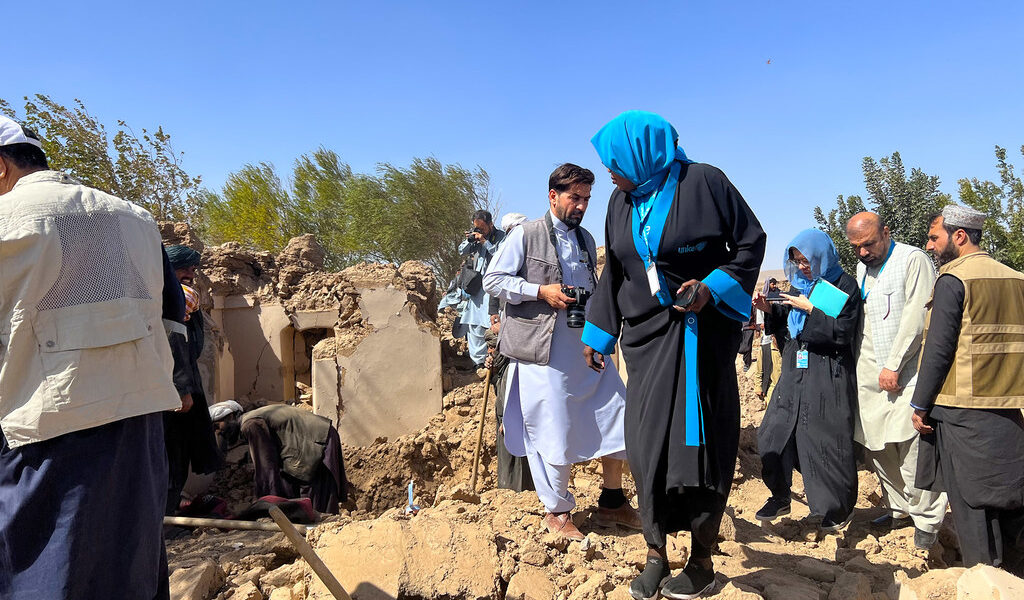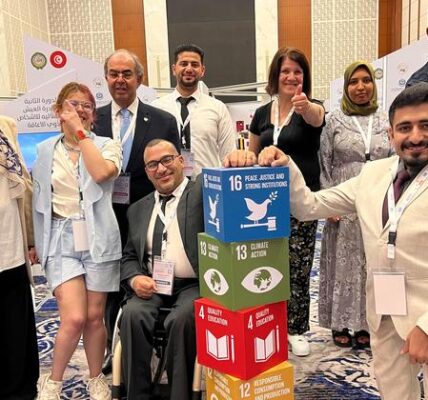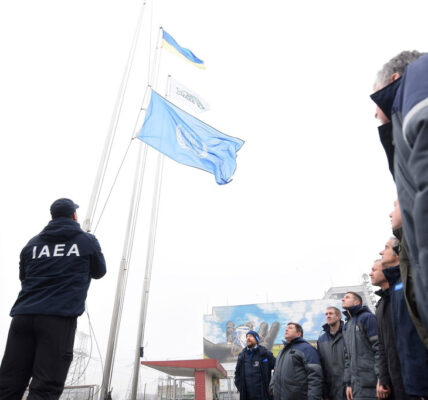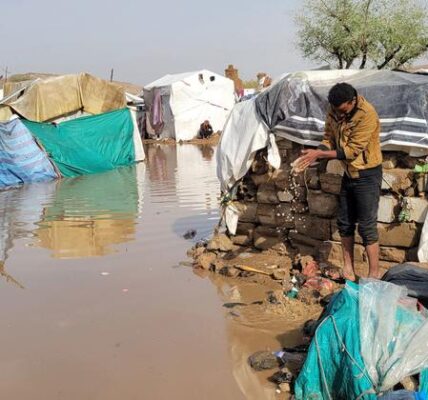According to UN aid teams, there are still 500 people unaccounted for after the earthquake in Afghanistan.
The UN’s aid coordination office (OCHA) reported that approximately 1,300 fatalities and 1,700 injuries were recorded at the center of the earthquake in Zindajan district. On-site teams have reported that entire villages have been decimated in certain areas.
Over 12,000 affected
Approximately 12,110 individuals, equivalent to 1,730 households, have been impacted in five districts of Herat. According to OCHA spokesperson Jens Laerke, this number is likely to increase as assessments are ongoing. He made this statement in Geneva.
Several smaller earthquakes have occurred since the initial one, with the strongest being a 5.1 magnitude quake on Tuesday. According to William Spindler, spokesperson for the United Nations High Commissioner for Refugees (UNHCR), this has exacerbated the already dire situation. Rescue efforts are currently underway to provide aid to those most affected by the disaster, including water and shelter for those who are most vulnerable.
According to Mr. Spindler, those most severely impacted have lost all of their possessions and are in need of warm clothing as winter approaches. He also mentioned that many of them have not had a hot meal since the earthquake.
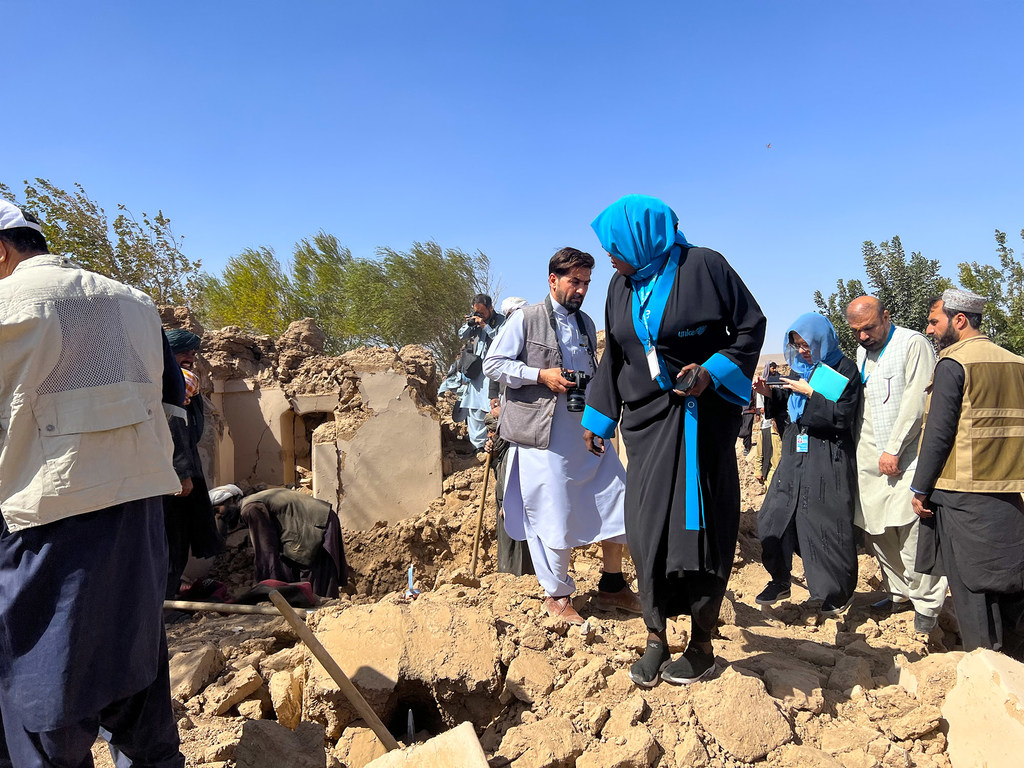
UNICEF employees are evaluating the impact of the earthquake on Karinal village in Afghanistan’s Herat province.
Health services
Tarik Jasarevic, spokesperson for the World Health Organization (WHO), stated that the current priority is to preserve the lives of the wounded and provide necessary aid, such as healthcare services, to those who have survived. He acknowledged that the disaster has had a severe impact on women, children, and vulnerable groups, but noted that female healthcare workers in the affected region are treating all patients equally.
According to Mr. Jasarevic, the United Nations health organization has supplied sufficient resources to treat 650 wounded individuals at Herat Regional Hospital. An extra 25 metric tonnes of medication and medical supplies have been delivered to Herat, along with the deployment of 54 mobile health teams (including three from WHO) in the affected regions. Additionally, 12 ambulances have been dispatched to Zindajan District and Ghorian District to transport casualties to regional and other hospitals.
Risk of disease
The spokesperson for WHO cautioned that the displacement resulting from the disaster presents a major threat to public health. This includes a heightened risk of spreading infectious diseases like measles, respiratory infections, and watery diarrhea. They called on authorities to prioritize readiness for potential disease outbreaks.
He also emphasized the need for emotional support and safe places for children who have been affected by the earthquake and may be dealing with trauma and grief. OCHA spokesperson Mr. Laerke also expressed concern for the well-being of children, who are especially susceptible to psychological distress in the aftermath of the disaster. They require support for their mental and emotional health.
Humanitarian relief
Mr. Laerke said that search-and-rescue efforts with the support of international partners were ongoing. According to WHO, as of Sunday 8 October, more than 550 severe and critical cases have been admitted to seven hospitals in Herat City.
Priority aid includes emergency shelters and durable solutions for winter, non-food essentials like tarps, blankets, clothing, and kitchen sets, as well as WASH items such as latrines, clean water, and storage containers. Food assistance and protection are also being prioritized.
Source: news.un.org
